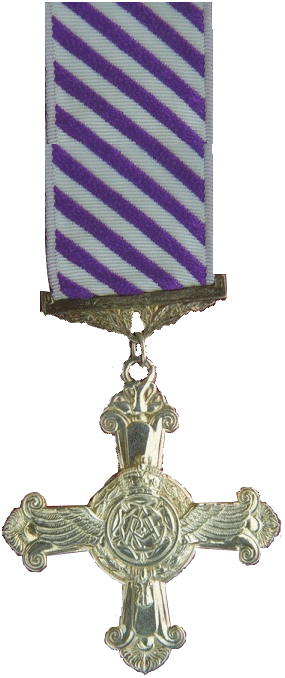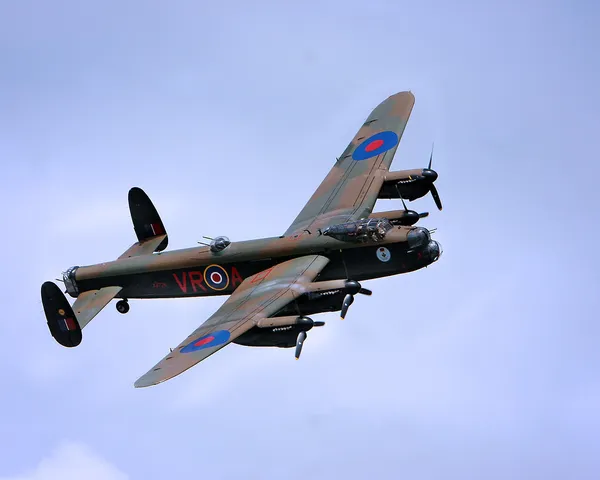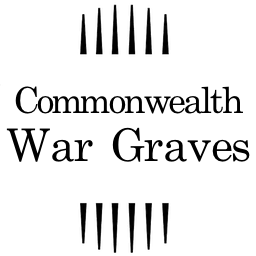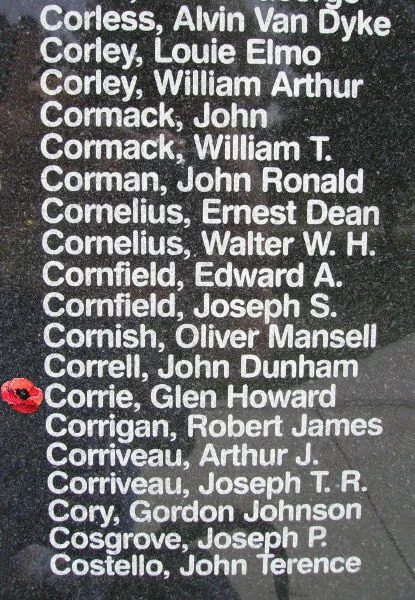Danahy, Sylvester
Killed in Action 1943-02-28


Birth Date: 1922-January-10
Born:
Son of Mrs. T. Danahy, of Riverside, Albert County, New Brunswick. Grandson of Theresa Danahy. Born in 1922. Trained at No.1 ITS (graduated 22 April 1941), No.8 EFTS (graduated 9 June 1941), and No.15
Home: Riverside, Albert County, New Brunswick
Enlistment: Moncton, New Brunswick
Enlistment Date: 1940-12-09
Decorations: DFC

Service
RCAF
Unit
83 (PFF) Sqn- Squadron (RAF)
Strike To Defend
Base
RAF Wyton
Rank
Pilot Officer
Position
Pilot Officer
Service Numbers
J/16385
Target
 Saint-Nazaire, France
Saint-Nazaire, France
First Burial
 War Cemetery, Escoublac-Labaule, France
War Cemetery, Escoublac-Labaule, France
Took off at 18:45 from Wyton in Lancaster Mk I (Sqn code OL-G Bomber Command) on an operation to Saint-Nazaire, France.
Shot down (means not found) and crashed in the target area.
Killed includes Danahy:Flight Sergeant Charles Thomas Clifton RAF KIA Escoublac-La-Baule War Cemetery Coll. grave 2. F. 9-12.Warrant Officer 2 Glen Howard Corrie RCAF R/78953 KIA Escoublac-La-Baule War Cemetery, France.Pilot Officer John McCartney RAF KIA Escoublac-La-Baule War Cemetery grave 2. G. 1.Sergeant John Henry McKenna RAF KIA Escoublac-La-Baule War Cemetery Joint grave 2. F. 16-17.Flying Officer Francis Arthur Mallett Shooter RAF KIA Escoublac-La-Baule War Cemetery Coll. grave 2. F. 9-12.Sergeant Clarence Edgar Tanner RAF KIA Escoublac-La-Baule War Cemetery Joint grave 2. F. 14-15.
W/O Corrie had completed over thirty trips and had begun his second tour of operations when his Lancaster aircraft R 5913 went down.
Addendum: - Distinguished Flying Cross - No.57 Squadron - Award effective 2 March 1943 as per London Gazette dated 12 March 1943 and AFRO 616/43 dated 9 April 1943. The citation reads - "Pilot Officer Danahy is a keen and dependable captain of aircraft who has invariably completed his attacks with courage and determination. In October 1942, he took part in the daylight raid on Milan, an extremely long and difficult operation, during which he displayed resolution and courage in locating the target accurately. In January 1943, after a successful attack on a target in the Ruhr, Pilot Officer Danahy's aircraft was attacked by an enemy night fighter. Though considerable damage was sustained, he skillfully evaded further attacks and flew his bomber safely to base." Detail provided by H. Halliday, Orleans, Ontario.
Avro Lancaster

Canadian Warplane Heritage Museum
The Avro Lancaster is a British Second World War heavy bomber. It was designed and manufactured by Avro as a contemporary of the Handley Page Halifax, both bombers having been developed to the same specification, as well as the Short Stirling, all three aircraft being four-engined heavy bombers adopted by the Royal Air Force (RAF) during the same wartime era.
The Lancaster has its origins in the twin-engine Avro Manchester which had been developed during the late 1930s in response to the Air Ministry Specification P.13/36 for a capable medium bomber for "world-wide use". Originally developed as an evolution of the Manchester (which had proved troublesome in service and was retired in 1942), the Lancaster was designed by Roy Chadwick and powered by four Rolls-Royce Merlins and in one version, Bristol Hercules engines. It first saw service with RAF Bomber Command in 1942 and as the strategic bombing offensive over Europe gathered momentum, it was the main aircraft for the night-time bombing campaigns that followed. As increasing numbers of the type were produced, it became the principal heavy bomber used by the RAF, the Royal Canadian Air Force (RCAF) and squadrons from other Commonwealth and European countries serving within the RAF, overshadowing the Halifax and Stirling. Wikipedia
 Canadian Virtual War Memorial
Canadian Virtual War Memorial Commonwealth War Graves Commission
Commonwealth War Graves Commission www.findagrave.com
www.findagrave.com
 Lancaster Bomber
Lancaster Bomber Wikipedia
Wikipedia Harold A Skaarup Web Page
Harold A Skaarup Web Page